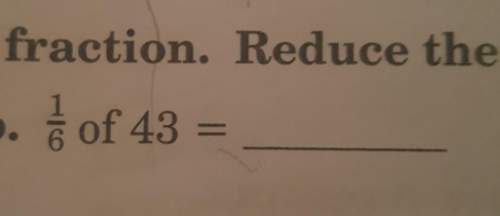
Mathematics, 25.02.2020 21:59 neko64
Consider the spreading of a highly communicable disease on an isolated island with population size N. A portion of the population travels abroad and returns to the island infected with the disease. You would like to predict the number of people X who will have been infected at some time t. Consider the following model, where k > 0 is constant:
dX/dt = k X (N - X)
(a) List two major assumptions about the disease or the island implicit in the preceding model. How reasonable are the assumptions?
(b) Graph X versus " t " if the initial number of infections is X1 < N/2 . Graph X versus " t " if the initial number of infections is X2 > N/2
(c) Solve the model given earlier for X as a function of " t ".
(d) From part (d), find the limit of X as " t" approaches infinity.
(e) Consider an island with a population of 5000. At various times during the epidemic, the number of people infected was recorded as follows:
T (days)
2
6
10
X (people infected)
1887
4087
4853
ln (X/(N

Answers: 1
Another question on Mathematics

Mathematics, 21.06.2019 13:10
True or false? many triangular shapes can be circumscribed about a given circle
Answers: 2


Mathematics, 21.06.2019 17:00
Ifurniture stores having a weekend sale and is offering 20% discount on patio chairs and table the sales tax on furniture is 6.25 using function composition how can you represent the total amount a that you would need to pay for this furniture that cost x dollars
Answers: 1

Mathematics, 21.06.2019 17:00
How many credit hours will a student have to take for the two tuition costs to be equal? round the answer to the nearest tenth of an hour.
Answers: 1
You know the right answer?
Consider the spreading of a highly communicable disease on an isolated island with population size N...
Questions


Social Studies, 26.10.2021 06:00


Computers and Technology, 26.10.2021 06:00





English, 26.10.2021 06:00


Mathematics, 26.10.2021 06:00

Physics, 26.10.2021 06:00


Mathematics, 26.10.2021 06:00

Mathematics, 26.10.2021 06:00

Social Studies, 26.10.2021 06:00







